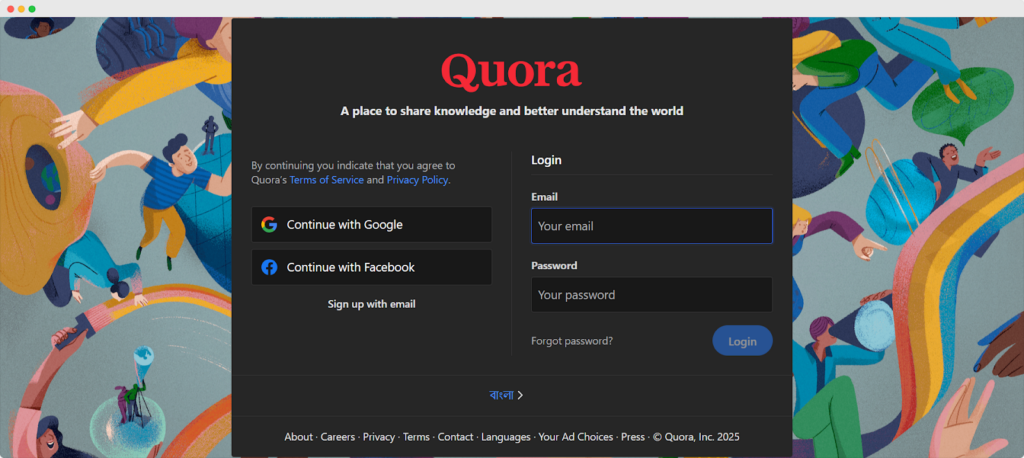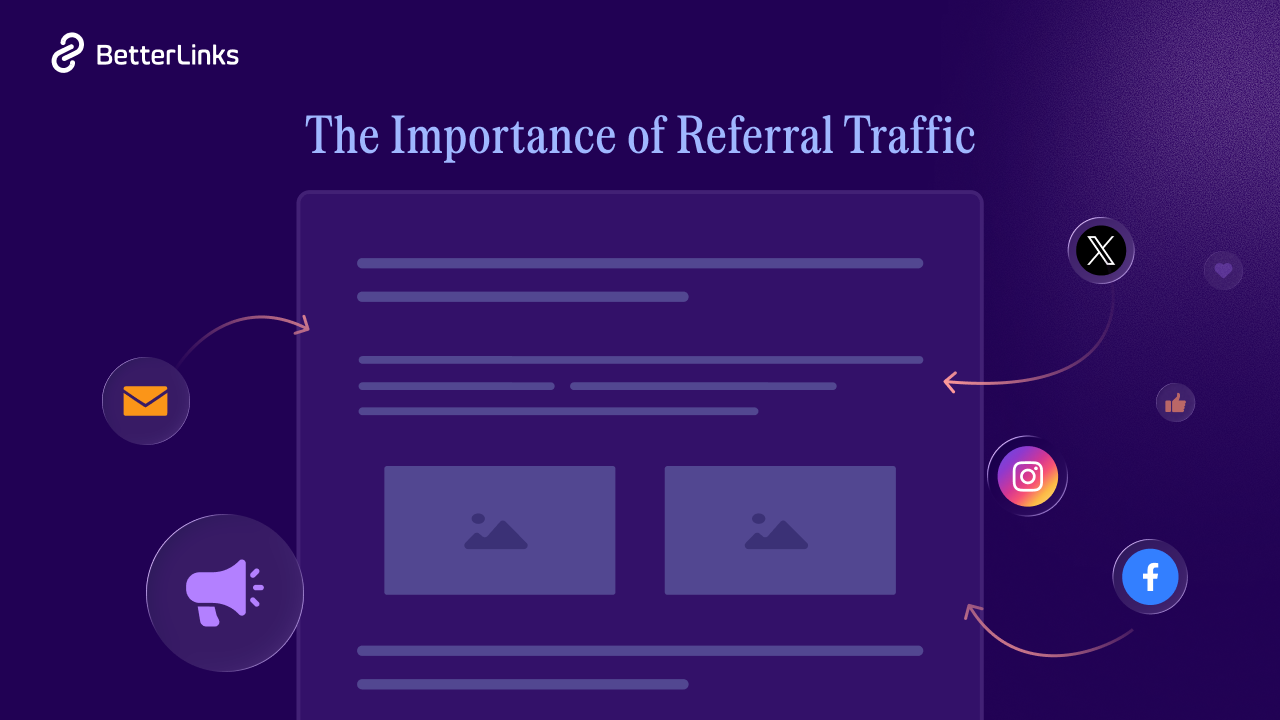Link building is key to SEO, but not all links are equal. To beat competitors, you need smart strategies that focus on quality, not just quantity. In this blog, we will explain why strong, high-quality backlinks matter for long-term success and share advanced techniques to help your website rank higher, even in tough niches. Let us get started!

30 Advanced Link Building SEO Strategies
If you are following the old-school techniques to build links and gain authority on SERP, it will not work unless you adapt advanced link building SEO strategies for your website. Here are some of the practical advanced ones you can explore.
1. Skyscraper Technique 2.0
The Skyscraper Technique 2.0 is an advanced SEO strategy that involves finding top-ranking content, creating a better version with unique data or tools, and then reaching out to the original backlink sources. This method emphasizes understanding user intent and optimizing for user experience signals like dwell time and bounce rate.
For example, if a blog ranks for “link building tools,” you could create a list of 50+ tools with reviews and pricing. By offering more comprehensive and engaging content, you increase your chances of acquiring high-quality backlinks. To implement this technique, start by identifying top-performing content using tools like Ahrefs or SEMrush. Then, enhance the content by adding unique insights, tools, or visual elements. Finally, outreach to websites linking to the original content and suggest they link to your superior version instead.
2. Broken Link Building with Content Gaps
Broken Link Building involves finding broken links on competitor or industry sites and offering your content as a replacement. This strategy is effective because it provides value to both the linking site and your own by fixing broken links and offering relevant content. To execute this, use tools like BetterLinks to identify broken links.

Once you find a broken link, create or offer a similar piece of content that can replace it. Then, reach out to the website owner and suggest your content as a replacement. For instance, if a page links to a dead “SEO guide,” you can offer your updated guide instead. This approach not only earns you backlinks but also improves user experience by providing useful content.
3. HARO for Thought Leadership
Using Help A Reporter Out (HARO) is a powerful way to establish thought leadership and earn links from authoritative publications. HARO connects journalists with sources for their stories. By responding to queries related to your expertise, you can get featured in prestigious publications like Forbes or The New York Times.

For example, if there is a query about “2025 SEO trends,” you can respond with insightful comments or data. Being cited in these publications builds trust and credibility, which can lead to high-quality backlinks. To maximize this strategy, ensure your responses are timely, informative, and relevant to the journalist’s query.
4. Guest Posting on High DA Blogs
Guest posting on high Domain Authority (DA) blogs is a classic link building tactic. It involves creating exclusive, data-driven content for Tier 1 sites (Domain Authority > 70). This strategy helps build your brand’s authority and earns you high-quality backlinks.

For instance, writing a “2025 Link Building Case Study” for a top industry blog can significantly enhance your credibility. To succeed, focus on creating unique and valuable content that resonates with the target audience. Ensure your guest posts include a link back to your website, ideally in the author bio or within the content where relevant.
5. Influencer Co-Branded Content
Partnering with influencers to create co-branded content is an effective way to attract links from both your and their audiences. This strategy involves collaborating on joint guides, tools, or resources that appeal to a broader audience. For example, creating “The Ultimate SEO Guide by [Your Brand] & [Influencer Name]” can generate significant interest and backlinks. To implement this, identify influencers in your niche who have a strong following and are open to collaborations. Ensure the content is high-quality, engaging, and provides value to both parties’ audiences.
6. Internal Link Optimization
Internal link optimization strengthens your website’s structure by linking to your most valuable pages using descriptive anchor texts. This strategy helps search engines understand your content hierarchy and improves user navigation.

For instance, linking to your “SEO Tips” page from multiple posts with phrases like “link building strategies” can enhance your internal linking structure. To optimize internal links, review your website’s content and identify opportunities to link to relevant pages. Use descriptive anchor texts that provide context and avoid over-linking, which can dilute the value of each link.
7. Localized Link Building
Localized link building is crucial for local businesses, focusing on acquiring links from local directories, event organizers, or chambers of commerce. This strategy helps improve visibility in local search results.

For example, a bakery could partner with a food blog to feature its recipes. To implement this, identify local platforms that are relevant to your business and offer value to them. This could be through content collaborations, event sponsorships, or listing your business in local directories. Ensure your website includes a clear NAP (Name, Address, Phone Number) to enhance local SEO.
8. Link Reclamation Automation
Link reclamation involves using tools like Ahrefs or BetterLinks to find unlinked mentions of your brand. You then contact these sites to request they add a link to your website. This strategy is effective because it leverages existing brand mentions to build backlinks.

For instance, if a news article mentions your company but forgets to link, you can reach out and ask for a backlink. To automate this linking process for your website, set up alerts for brand mentions and use tools to streamline outreach efforts. Personalize your requests by highlighting the value of linking to your site.
9. User-Generated Content (UGC) Campaigns
Encouraging user-generated content (UGC) campaigns can help drive links back to your site. This involves motivating customers to share content, such as reviews or testimonials, that links back to your website. For example, creating a “User-Generated SEO Tips” gallery with contributors’ websites linked can foster engagement and earn backlinks. To implement this, engage with your audience through social media or email newsletters, and incentivize them to create and share content related to your brand. Ensure that any shared content includes a link back to your site.
10. Resource Hub Creation
Building a resource hub with free guides, templates, and tools is an excellent way to attract links from niche websites. This centralized hub provides value to users and establishes your brand as an authority in the industry. For instance, creating an “SEO Toolkit” hub with downloadable resources can attract links from relevant sites. To create a successful resource hub, focus on offering high-quality, relevant content that addresses specific needs or pain points in your niche. Promote your hub through social media, email newsletters, and outreach to relevant websites.
11. Competitor Backlink Gap Analysis
Conducting a competitor backlink gap analysis involves using tools like Ahrefs or SEMrush to identify links your competitors have that you do not. You then replicate their outreach efforts to acquire similar links.

For example, if a rival has a link from TechCrunch, you can pitch your content to them as well. This strategy helps you uncover missed opportunities and strengthen your backlink profile. To execute this, analyze your competitors’ link profiles, identify gaps, and create content that can attract those links. Outreach to the linking sites with a compelling pitch highlighting the value of your content.
12. Longtail Keyword Outreach
Targeting longtail keywords with low competition but high intent can be a strategic approach to link building. These keywords are more specific and less competitive than broad terms, making it easier to rank and attract links.

For example, instead of targeting “link building tips,” focus on “how to build links for local restaurants.” To implement this, use keyword research tools to identify relevant longtail keywords. Create content optimized for these keywords and outreach to relevant sites that might link to your content. Ensure your content provides unique insights or solutions that appeal to the target audience.
13. Content Repurposing
Content repurposing involves turning blog posts into videos, podcasts, or infographics and sharing them across platforms. This strategy expands your reach and can attract links from different types of content consumers.
For instance, converting a blog into a YouTube video titled “Link Building Secrets for Beginners” can attract links from video platforms. To repurpose content effectively, identify the most engaging formats for your audience and ensure that each piece of content includes a link back to your original source. Promote your repurposed content through social media and outreach to relevant platforms. Also, using AI tools can also be helpful for quickly repurposing the content in contextual forms along with visuals.
14. Pitch to Podcasts/YouTube Channels
Offering to be a guest on podcasts or YouTube channels is a great way to earn links. This involves providing valuable insights or expertise in exchange for links in show notes or video descriptions. For example, appearing in a “SEO Tips for 2025” podcast episode with a link to your website can enhance your authority and drive traffic. To succeed, research popular podcasts or channels in your niche and pitch topics that align with their content. Ensure your pitch highlights the value you can bring to their audience.
15. Linkable Tools/Calculators
Creating free tools or calculators that others will link to is a powerful link building strategy. These tools provide value to users and can become linkable assets. For example, offering a “Free Link Quality Analyzer” tool on your website can attract links from SEO professionals. To implement this, identify a need in your niche and develop a tool that addresses it. Promote your tool through social media, email newsletters, and outreach to relevant websites. Ensure the tool is user-friendly and provides actionable insights.
16. Industry Event Partnerships
Partnering with industry events by sponsoring or speaking can lead to links from event directories or media coverage. This strategy helps establish your brand as a thought leader in the industry. For instance, hosting a webinar on “Advanced Link Building” with a link in the description can attract relevant links. To execute this, identify key events in your niche and propose topics that align with the event’s theme. Ensure your presentation includes a link to your website and is promoted through event materials.
17. Academic Collaboration
Collaborating with universities or researchers to publish studies or whitepapers can earn links from authoritative academic sources. This strategy involves co-authoring content that provides original research or insights. For example, co-authoring a “Link Building Trends” whitepaper with a university can attract links from academic journals. To implement this, identify researchers or institutions interested in your niche and propose collaborative projects. Ensure the content is rigorous, well-researched, and provides unique insights.
18. Case Study Distribution
Writing detailed case studies about your success stories and pitching them to industry blogs can attract links from authoritative sources. This strategy involves showcasing your expertise and results in a compelling narrative.

For instance, writing a “How We Boosted Traffic by 40% with Broken Link Building” or “How Your Sales Boost Up To 40% With Our Plugin” case study can attract links from industry leaders. To execute this, focus on creating engaging stories that highlight your achievements and provide actionable insights. Outreach to relevant blogs and offer your case study as exclusive content.
19. LinkedIn Outreach
Using LinkedIn to connect with influencers or site owners and personalize messages with data is an effective outreach strategy. This involves leveraging LinkedIn’s professional network to build relationships and propose collaborations. For example, noticing a guide on link building and offering an updated version with new data can initiate a conversation. To succeed, ensure your messages are personalized and relevant, and provide value to the recipient. Use LinkedIn’s messaging features to engage with potential partners and propose content collaborations.
20. Forum Participation
Engaging on forums like Reddit or Quora by offering solutions and subtly linking to your content can attract links from engaged communities. This strategy involves providing value through expert advice and building trust within these platforms.

For instance, answering SEO questions with a link to your “Link Building for Beginners” guide can drive traffic and earn links. To implement this, identify relevant forums and participate actively by providing helpful responses. Ensure your links are relevant and add value to the conversation.
21. Data-Driven Reports
Publishing original research reports is a powerful way to attract media links. These reports should be based on thorough research and provide valuable insights into your industry. For instance, a report titled “2025 SEO Trends Report” could highlight key findings such as “80% of marketers use broken link building.” To create such a report, start by conducting surveys or analyzing existing data. Ensure that your findings are unique and relevant to your audience. Once the report is ready, reach out to media outlets and offer them exclusive access to your research. This can lead to mentions and links from reputable sources. For example, if your report reveals a surprising trend in SEO, media outlets might link back to your site as a source.
22. Interactive Content
Creating interactive content like quizzes, polls, or calculators can encourage others to embed or link to them. For example, a quiz titled “What’s Your SEO Skill Level?” can be designed to link back to your site.

To implement this strategy, identify a topic that resonates with your audience and develop an engaging interactive piece. Use tools like Google Forms or specialized platforms to create quizzes and polls. Once created, promote your interactive content through social media and outreach to relevant websites. This can lead to natural links as other sites embed your content to enhance user engagement.
23. Non-Profit Partnerships
Collaborating with non-profits for cause-related content can be highly effective. Non-profit sites often link to their partners, providing a valuable backlink opportunity. For instance, creating a guide titled “Sustainability in SEO” with a charity partner can lead to links from both the non-profit’s website and other related sites. To execute this strategy, identify a non-profit that aligns with your brand values. Develop content that highlights your shared mission or goals. Ensure that the content is high-quality and informative, making it likely to be shared and linked to by the non-profit and other relevant organizations.
24. Broken Image Replacement
Finding pages with broken images and offering to replace them with your own images linked back to your site is another innovative strategy. This approach not only helps improve user experience but also provides an opportunity for link acquisition. To implement this, use tools like Ahrefs or SEMrush to identify broken images on relevant websites. Create high-quality images that match the context of the broken ones. Then, reach out to the website owners and suggest replacing the broken images with your linked images. This method is mutually beneficial, as it enhances the user experience on their site while providing you with a backlink.
25. Historical Timeline Guides
Creating historical timelines of industry milestones can attract links from authoritative sources. For example, a timeline titled “SEO History 2000–2025” can serve as a valuable resource for industry professionals and historians. To create such a timeline, research key events in your industry’s history. Use visual tools like Canva or Adobe Illustrator to design an engaging timeline. Once ready, promote your timeline through social media and outreach to relevant websites. This type of content is often linked to as a reference, providing a strong link-building opportunity.
26. Seasonal/Event Content
Publishing seasonal or event-driven content can boost your brand’s relevance and attract timely links. For instance, creating a guide titled “Maximize Your Marketing with This Year’s BetterLinks Black Friday Deal 2025” can capitalize on the holiday season’s high search volume.

To implement this strategy, plan your content calendar around key events and holidays. Develop content that is both timely and timeless, offering evergreen advice alongside seasonal insights. Promote your content through social media and outreach to relevant websites, highlighting its relevance to current events.
27. Competitor Link Profile Audit
Link auditing tools can help identify gaps in your link strategy. By analyzing competitors’ link profiles, you can replicate successful tactics and find opportunities they might have missed. Start by identifying your main competitors and using a backlink analysis tool to examine their link profiles. Look for patterns in their link acquisition strategies, such as the types of content they create or the websites they partner with. Use this information to inform your own link-building efforts, focusing on high-quality links that can enhance your website’s authority.
28. Forum Signature Links
Adding a link to your profile in forums (if allowed) can be a simple yet effective way to build links. Use this link to share resources or point to relevant content on your site. To implement this strategy, identify relevant forums where your target audience is active. Create a professional profile with a link to your site in the signature section. Ensure that your posts are valuable and engaging, as this will encourage others to visit your profile and potentially link to your content. However, always follow the forum’s guidelines to avoid being seen as spammy.
29. Collaborative Guides with Competitors
Partnering with competitors on neutral content can lead to mutually beneficial links. For example, creating a guide titled “SEO Best Practices” with a competitor can result in both sites linking to the guide. To execute this strategy, identify potential partners who share your audience but are not direct competitors in terms of content. Develop a collaborative content piece that provides value to your shared audience. Ensure that the content is high-quality and informative, making it likely to be shared and linked to by both parties.
30. AI-Powered Outreach
Using AI-powered tools can automate personalized outreach emails, can streamline your link-building efforts. These tools can help you scale your outreach while maintaining a personal touch.

To implement this strategy, set up your AI tool with your target list of websites and influencers. Craft a template that can be personalized based on the recipient’s interests or previous interactions. Monitor and adjust your outreach campaigns based on response rates and engagement metrics. This approach allows you to efficiently reach a large number of potential link partners while ensuring each message is relevant and engaging.
How Often Should You Check the Link Building Metrics
As you conclude your exploration of advanced link building strategies, it is essential to establish a routine for monitoring your progress. Checking your link building metrics regularly is crucial to assess the effectiveness of your efforts. A basic review of key metrics such as the number of new backlinks and keyword rankings should be performed monthly. Every quarter, conduct a more detailed analysis to evaluate the quality of backlinks and their impact on your SEO goals.
After completing significant link building campaigns, evaluate the metrics to determine the campaign’s success. It is also important to monitor your metrics after search engine algorithm updates to identify any potential issues or opportunities. By maintaining this schedule, you will be well-equipped to refine your strategies and ensure that your link building efforts continue to support your long-term SEO objectives.
If you have found this blog helpful, share your opinion with our Facebook community. You can subscribe to our blogs for valuable tutorials, guides, knowledge, tips, and the latest updates.






